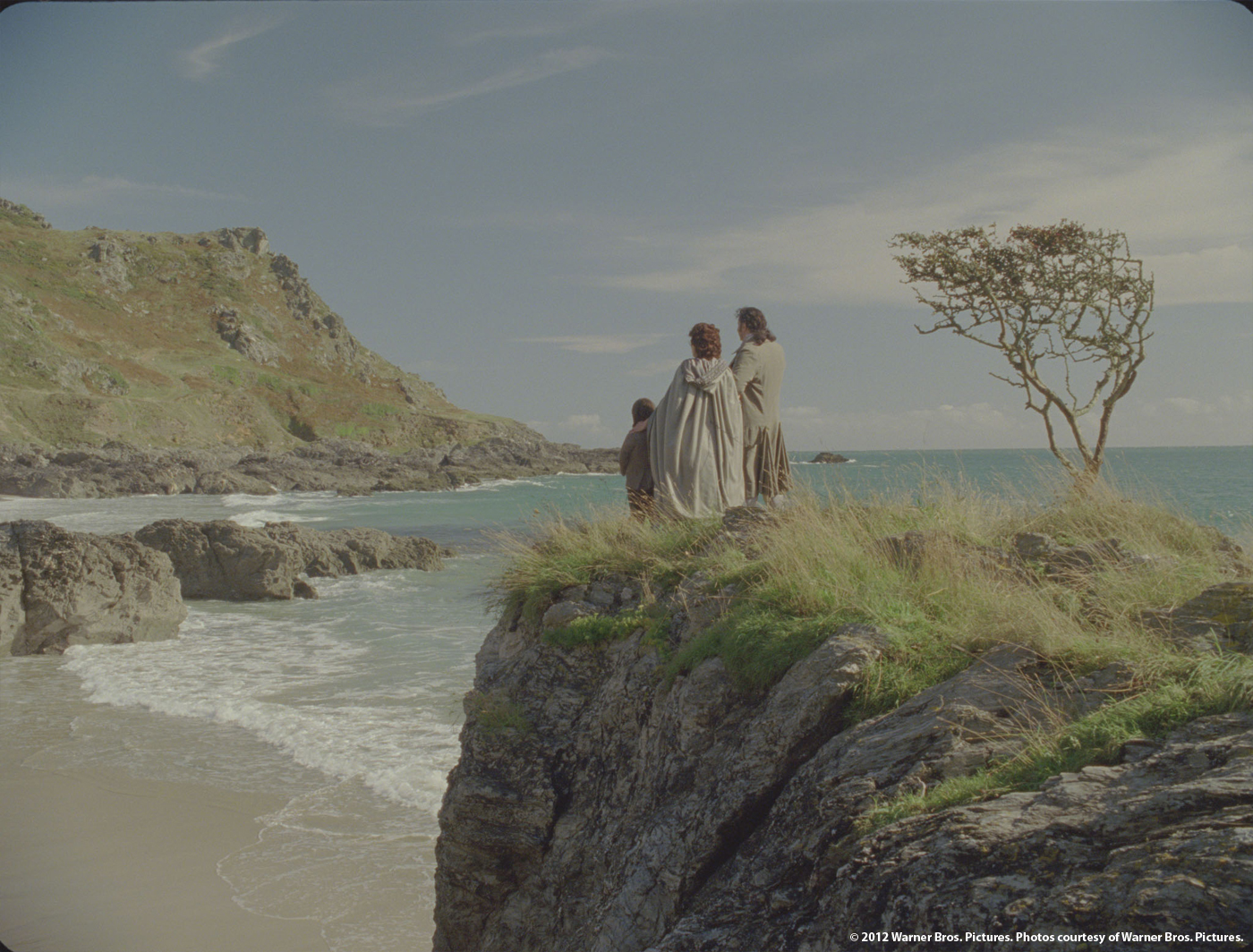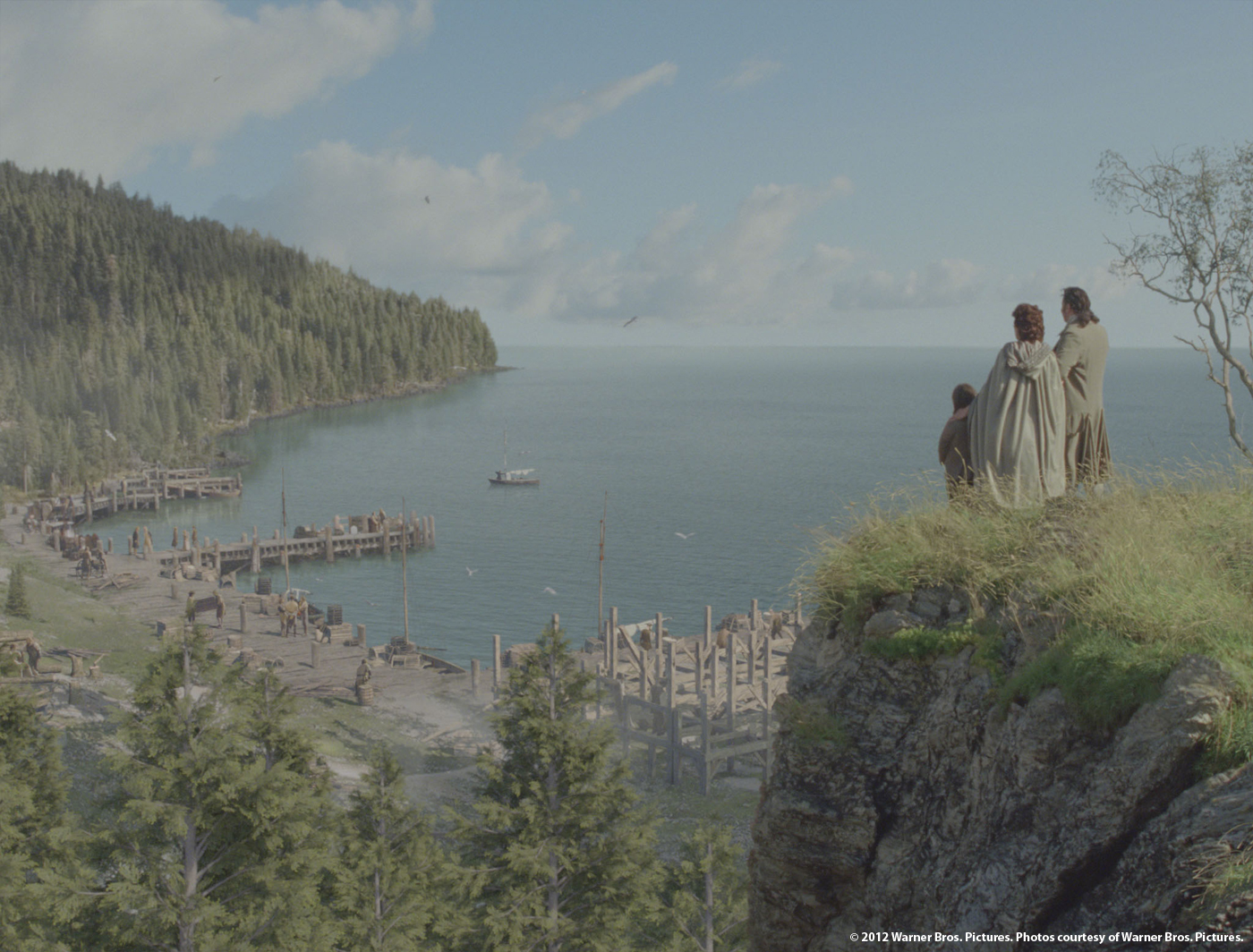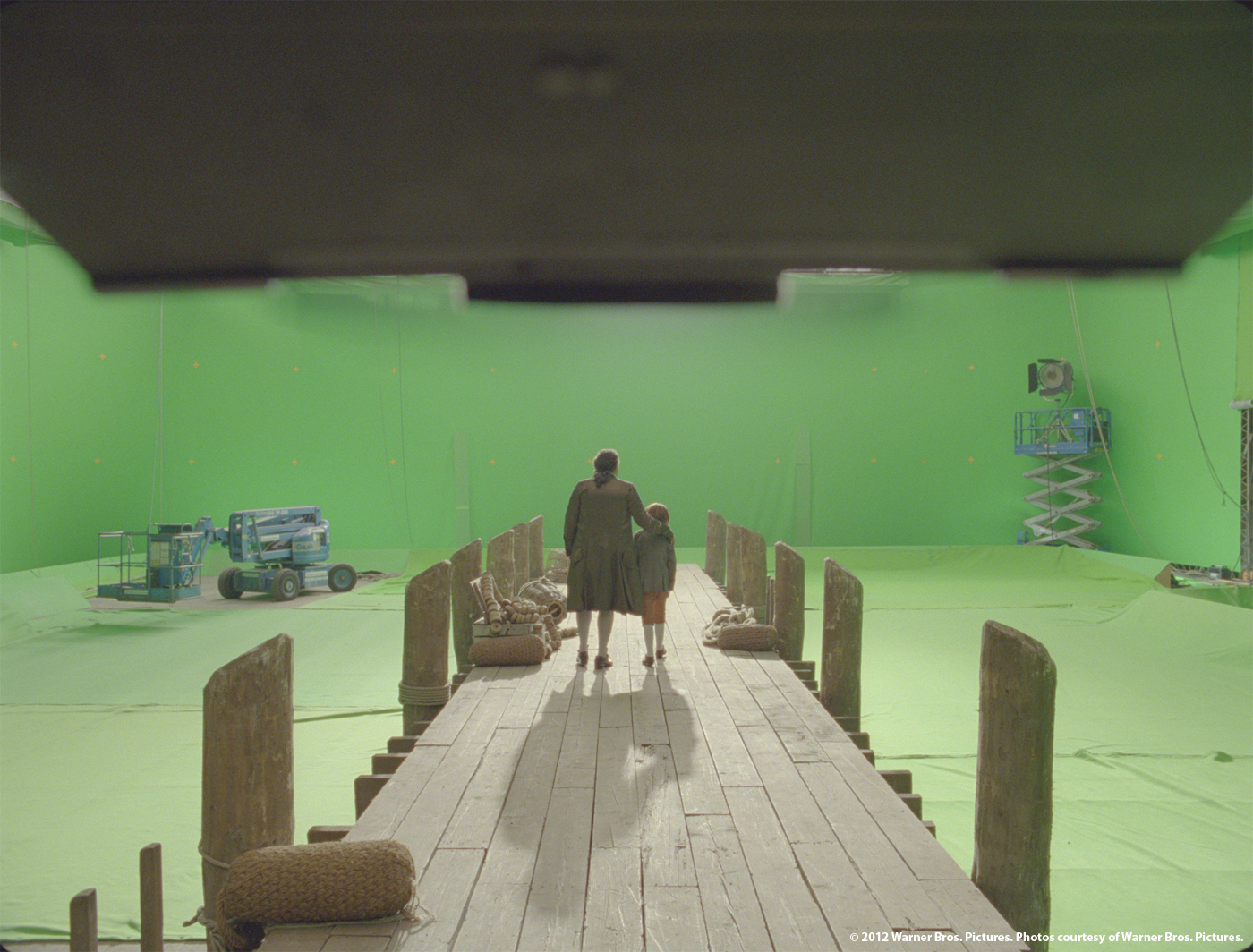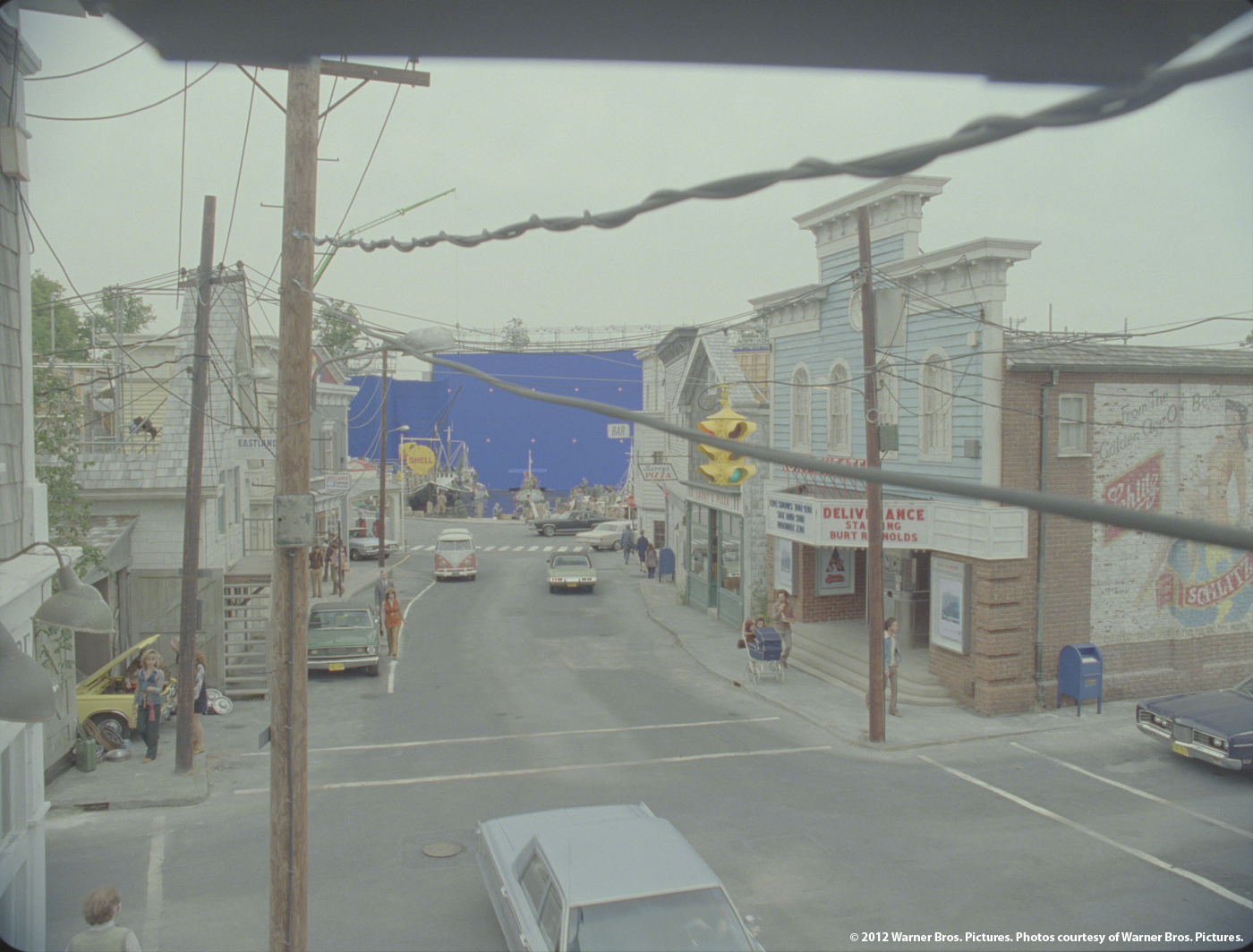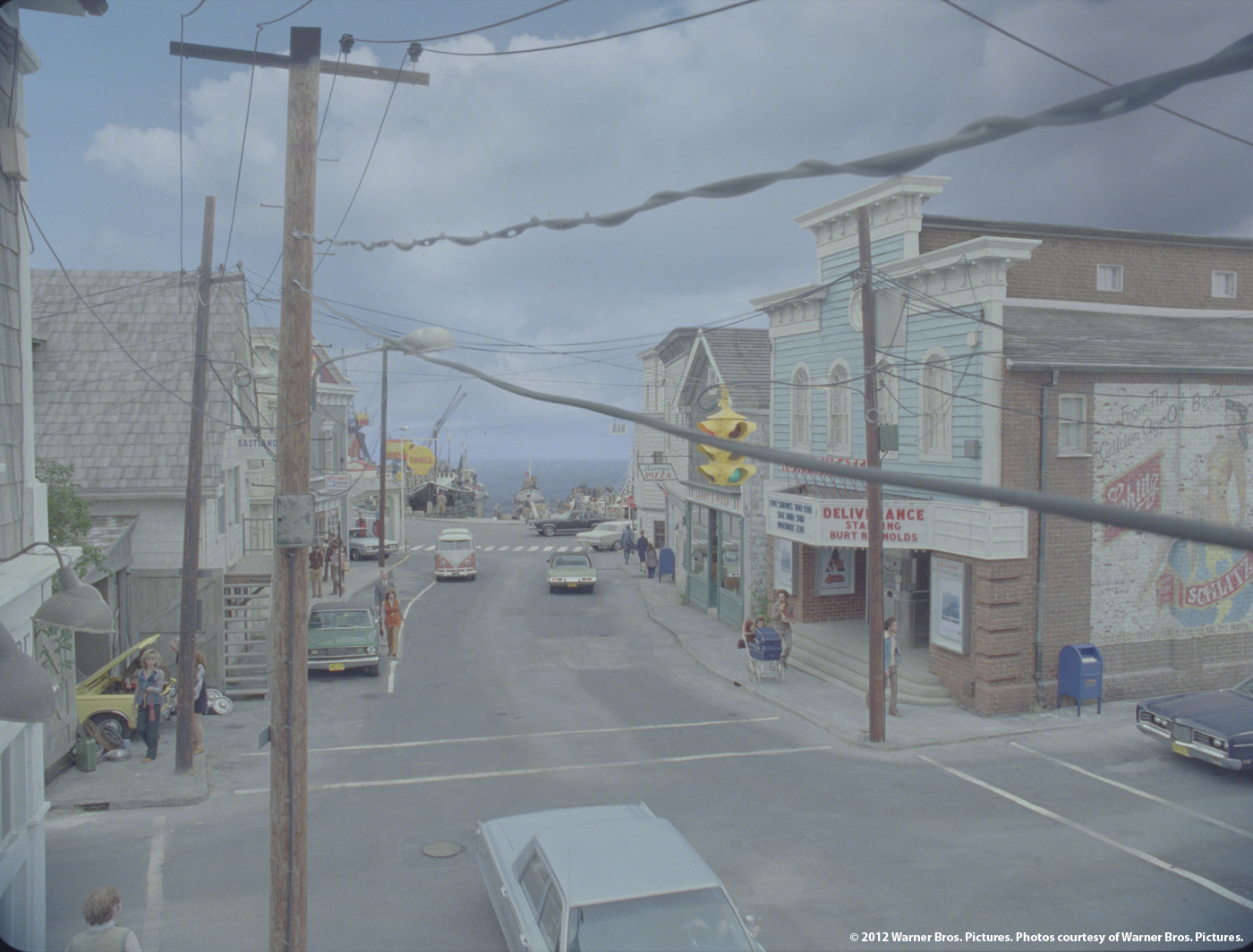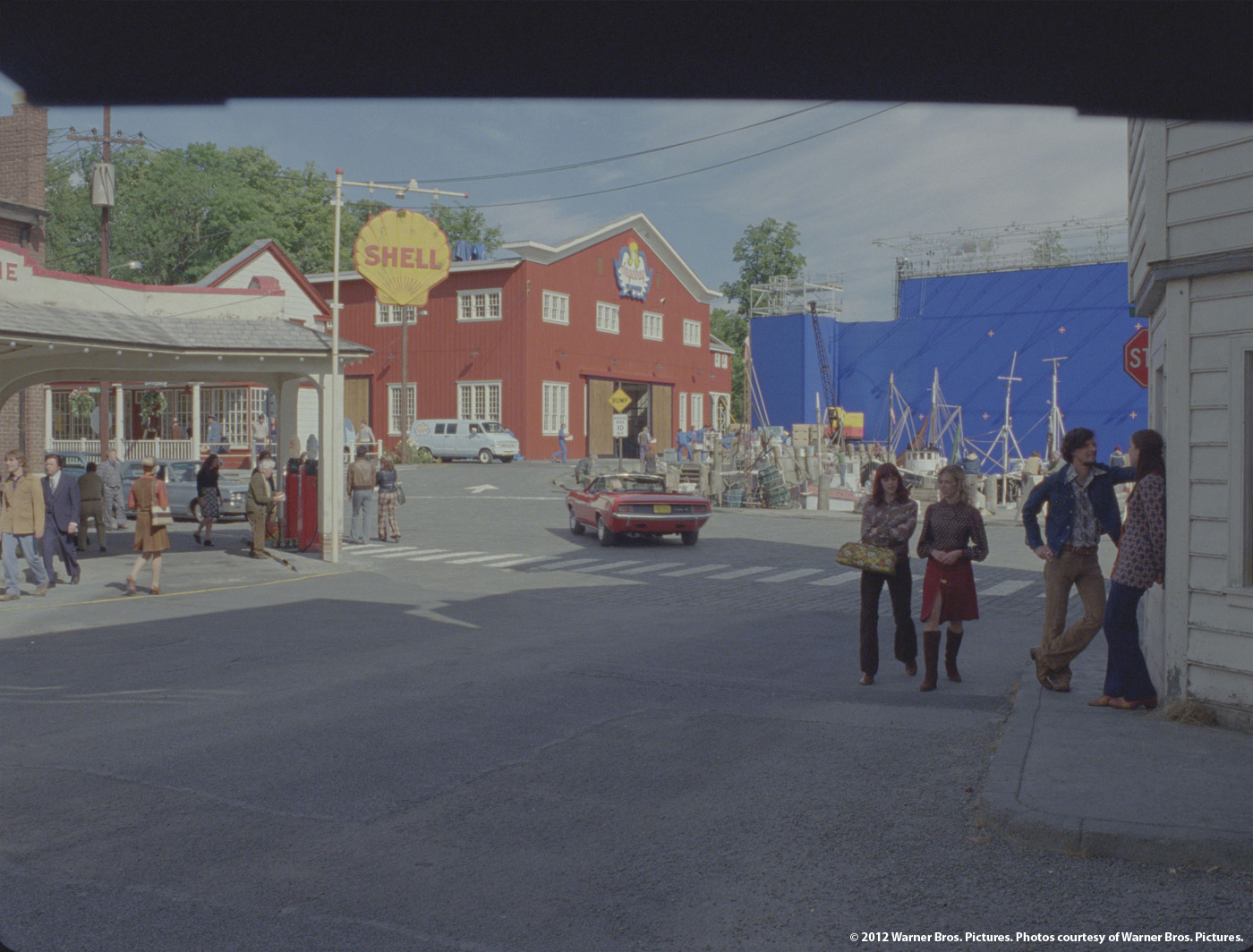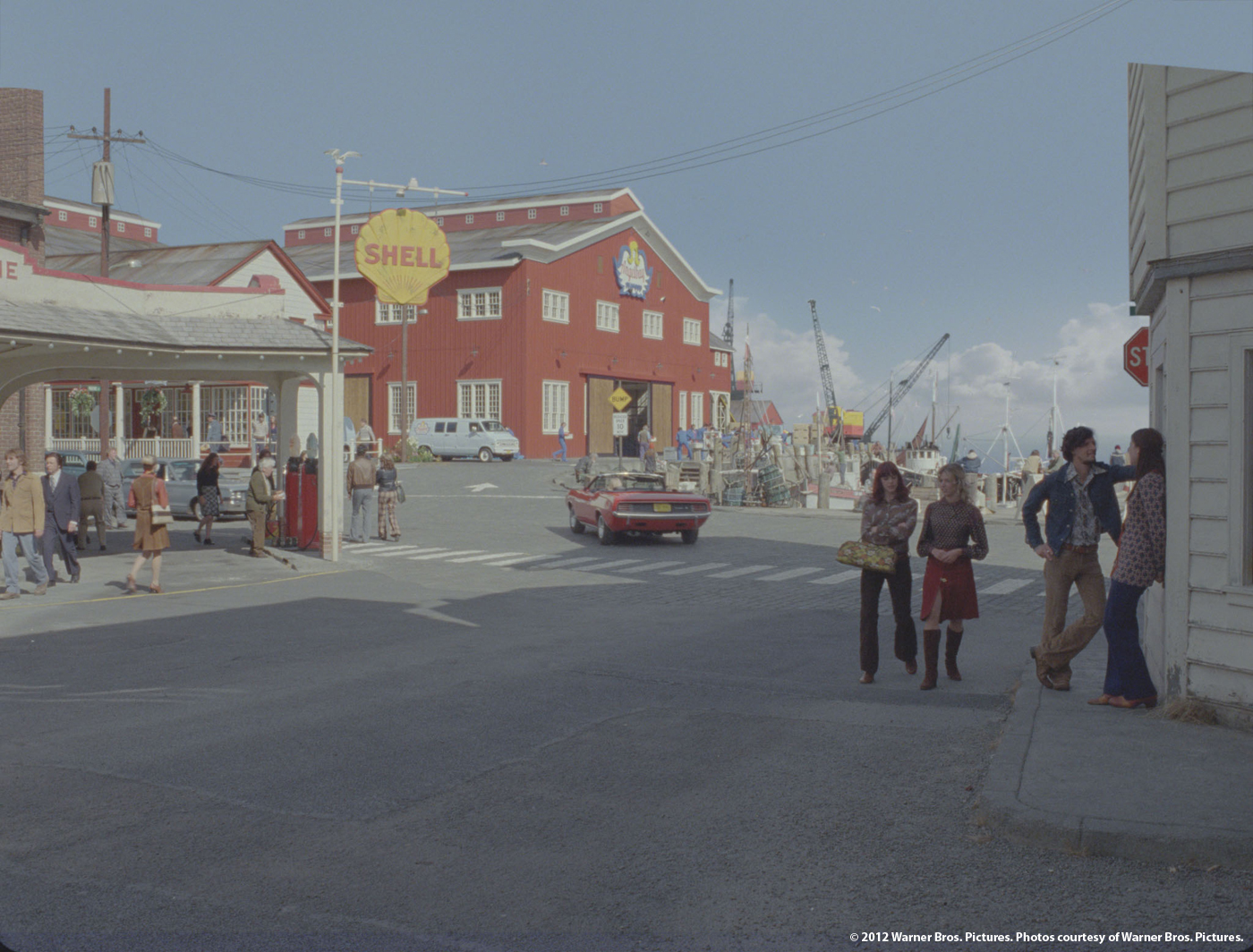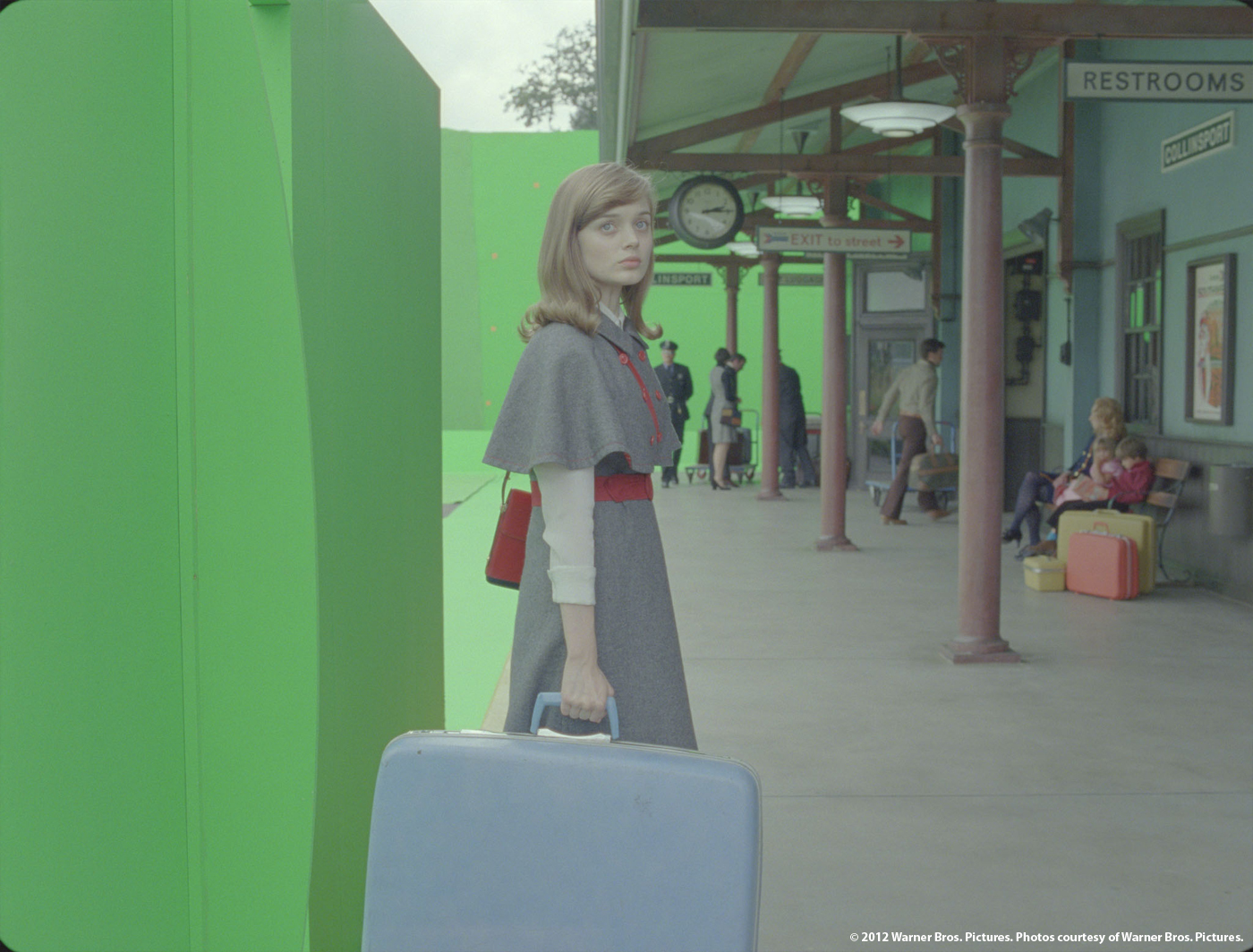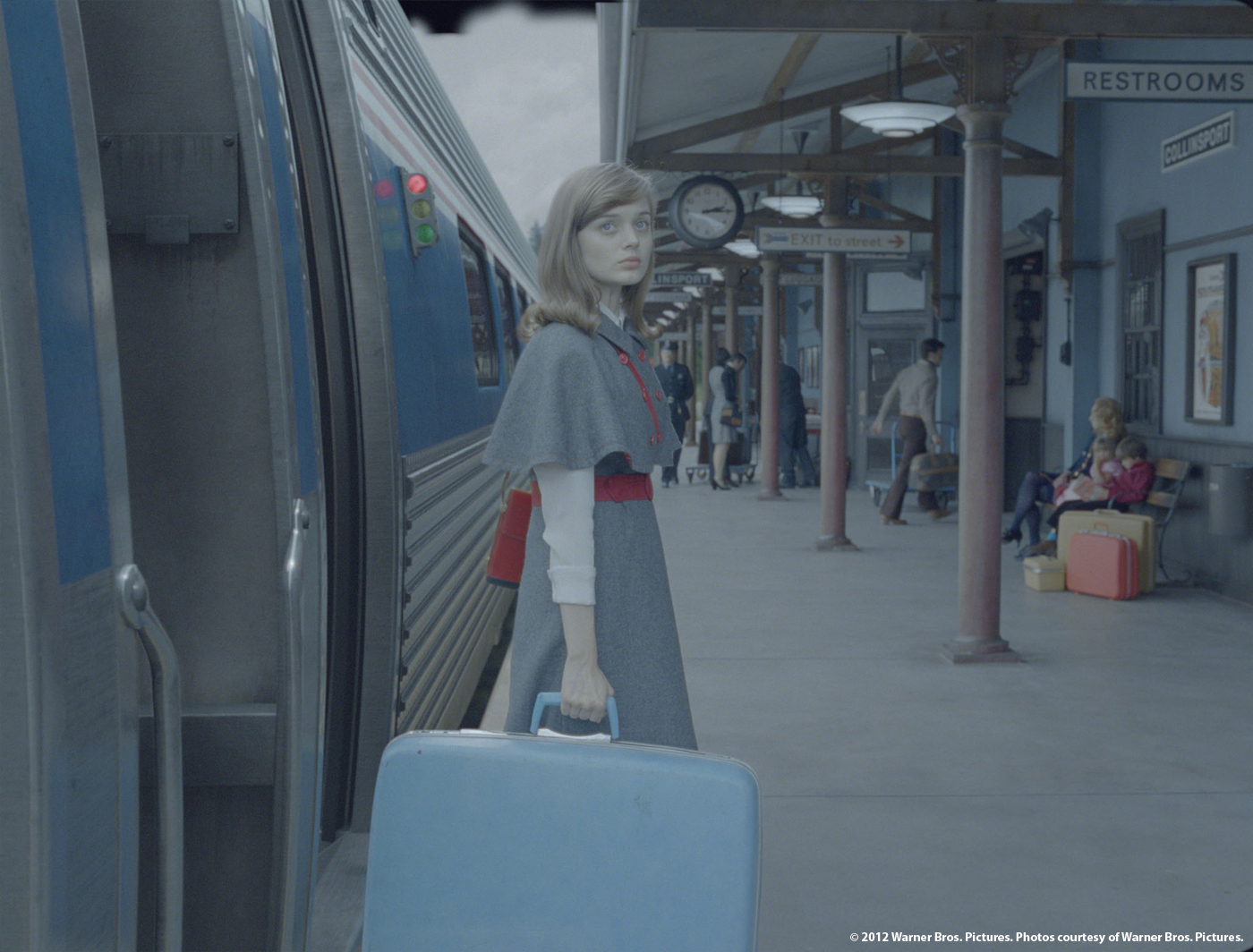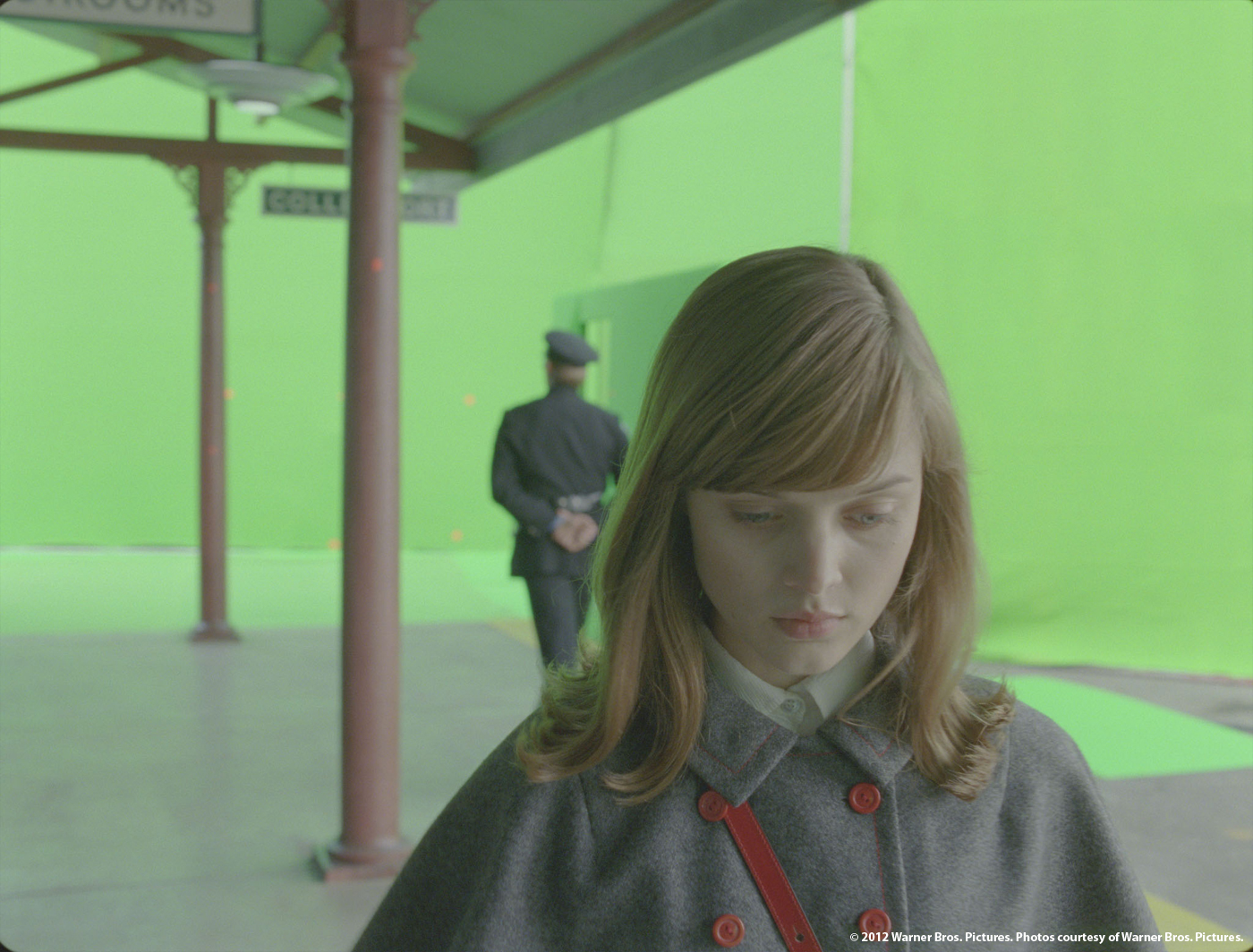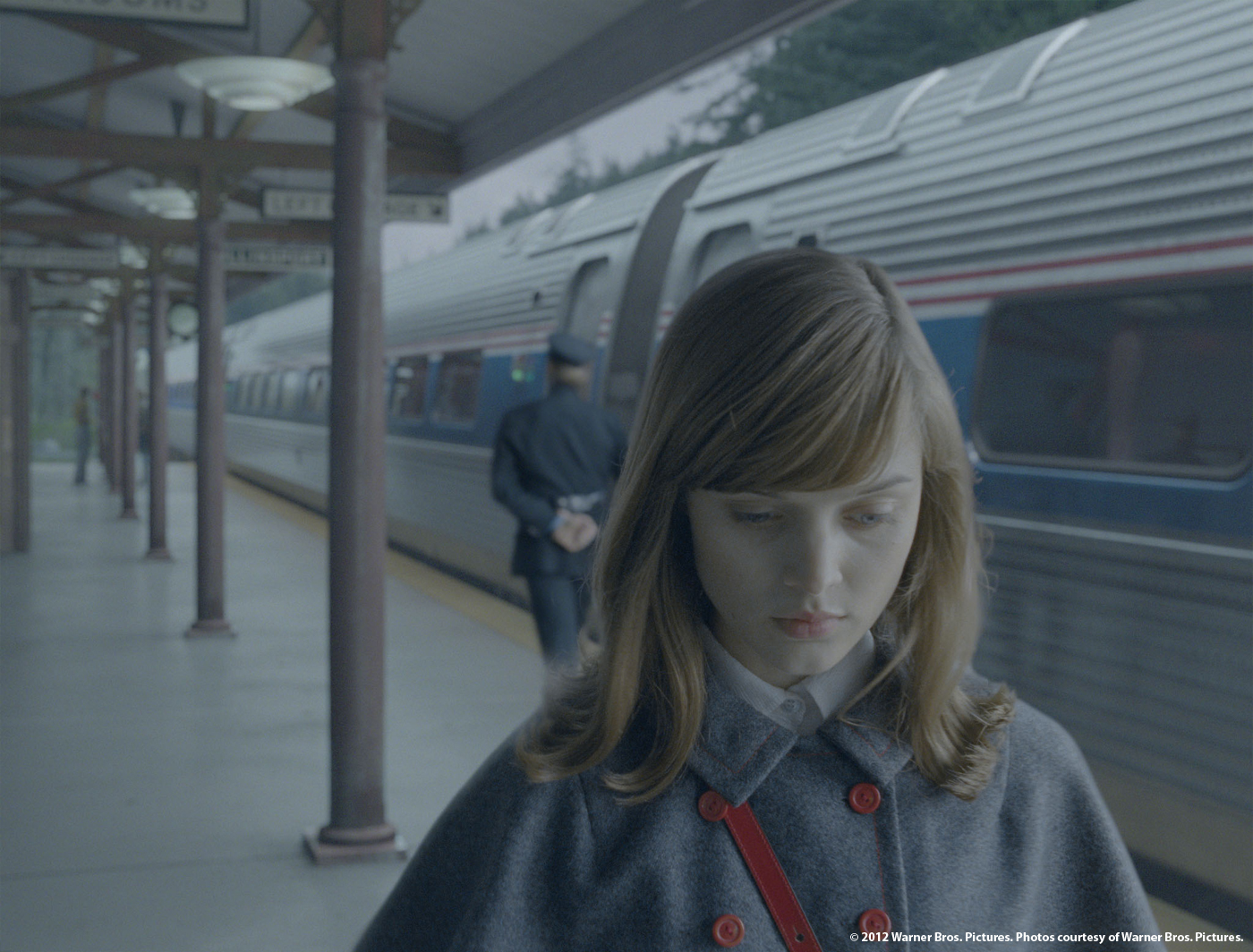Mark Breakspear has worked for over 20 years in visual effects for studios such as Digital Muse, Rainmaker or CIS Vancouver. He participated in many TV series like STAR TREK VOYAGER or STARGATE ATLANTIS as well as films like THE DA VINCI CODE, LIVE FREE OR DIE HARD, SALT or THE GREEN HORNET.
What is your background?
I started making movies as a kid, my father owned a video camera, the kind where the tape was housed in a separate machine you hung off your shoulder. I made sketches and sent them in to the BBC with my friends and a youth club that I was part of. I still have the videos and I think they are pretty good! The BBC always wrote back and said they were grateful to me for sending them, as they needed VHS tapes to keep the door to the toilet open on hot summer days.
I was always interested in movie making, and where I lived, a small film studio called Oxford Scientific Films shot time-lapse and other types of special effects photography for films, tv shows and commercials. I wrote to them countless times, eventually getting a chance to work there as a runner. At the same time I was doing a degree in visual communication and design in London, and managed to get on to the moving-image course, which boasted a Harry and a HAL. (Those modern types reading this will need to consult the interweb to work out what they were!) Think Nuke with all it’s arms and legs cut off, both eyes poked out and a sock in the mouth covered in paint thinner. But back then it was state of the art and it was a brilliant opportunity to get from our degree in to the industry.
After the degree, I went and worked at Quantel, from there to Los Angeles to a great boutique called Digital Muse. I was running the compositing department there in LA for about 5 years, before moving up to Vancouver to be the senior compositor at Rainmaker. A few years later and I made the mystical transition to VFX Supervisor and over saw a few small TV shows before supervising features.
How did Method Studios get involved on this film?
We have worked with vfx supervisor Angus Bickerton before, and he contacted us to bid shots for the film.
How was the collaboration with director Tim Burton?
I only spent a little time in person with Tim on set during the shoot of our visual effects plates. Shoots are manicured craziness and most of the “collaboration” was between Angus and myself.
What was his approach about visual effects?
Angus has a very organized and developed style of film making, always preferring to plan ahead, rather than shoot from the hip. The style seemed to work very well on this movie, allowing Tim to shoot the movie he wanted to make, but allow Angus the freedom to shoot the visual effects correctly.
How did you collaborates with Production VFX Supervisor Angus Bickerton?
Having worked with Angus on several films prior to DARK SHADOWS, we have developed and are continuing to develop continuity in the ways we both like to work. We both love to target the preparation of any visual effects shot, whether that be in previs, or just experimental effects work, trying to come up with a look that will drive a procedure or way of shooting it on set.
?
What have you done on this movie?
We created the environment of Collinsport (both for 1750 and 1972), a sleep east coast Maine town. We also created a couple of unique scenes where Barnabus walks down a mirrored hallway, showing for the first time how he does not reflect. We also did a sequence where Victoria Winters arrives at Collinsport by train, creating both the train, platform and environment in CG.
How did you work with the art department to create Collinsport for both periods?
The art department had a very developed and concise view of what they wanted. It was rather a dream for us as they knew exactly what they wanted right down to the style of curtains in each shop window. They gave us all the set drawings and early CAD models that they had created. They also allowed the lidar scanning crew access to get a detailed survey of the set for us to replicate.
Can you tell us in details the creation of the impressive town of Collinsport?
With every environment build there are specific things you do on every show, but there are always unique issues that need resolving. For Collinsport we had to always be wary that the modern 1972 town was derived from the 1750 town and that there had to be a link between the two. Growing up in Oxfordshire in the UK, I came from a tiny village that has been around since at least 860 AD. The way the streets curve, the landmarks that hint at its previous self all played a part in the design and layout of the town’s two time periods.
From the layout up, we began building an identical replica of the practical set that was build in Pinewood. From there, we expanded the streets in every direction, adding new buildings, cars and people in the style and design that the art department had built the few real buildings. We didn’t know the full extent to which shots would require town extensions, but we were pretty sure that some angles were going to feature heavier than others.
To save costs, the art department did not add roof tops to any of the buildings, so we had to add those in. It made sense as the cost to build an entire rook for the houses was extreme and we were going to need to build them any way.
A town is so much more than just buildings. We added street lights and electrical wires based on a genius hair system that one of our CG team built. It allowed us to have them move in the air as though they were being blown by the wind, control their thickness and match how real electrical wires behave when they connect to the poles.
We also added trees and side streets, road markings from previous road works, birds, cloud shadows and various objects that seem to be common in fishing towns on the east coast such as lobster nets, boxes and other gak to liven up the streets.
The town was then broken in to various passes for comp and rendered out of Maya in Mental Ray. Dan Mayer, our CG supervisor oversaw the whole process, having also worked on several of Angus’s previous features. Our Nuke compositors, lead by Comp supe Martyn Culpitt, placed all the elements together, grading and refining key edges as required.
Have you created digi-doubles to populated Collinsport?
Surprisingly no! Angus had the forethought to shoot lots of elements against green screen of people moving around for us to add in later.
What was the real size of the sets in Pinewood?
They were pretty big. But the amazing thing about the Collinsport set was that it was built around the water tank at Pinewood and in order to get the correct height between the dockside and the water’s surface, the whole town was built about 18 feet off the ground. When you stood in the middle of it, other than the blue screens, you would think you were in Maine.
How did you manage the aspect of those blue screen shots?
I always told myself that I was lucky we had blue screens at all! There really was not many shots that had much blue screen in overall, and when they did, the scope of the shot was so massive, the blue screen was tiny in frame. For many shots we relied heavily on our roto teams to give us suitable mattes to work alongside the keys we were pulling.
What was the main challenge with those Collinsport shots?
Believability. Common every day places are very hard to replicate because you can’t rely on the fact that what you are creating doesn’t exist. Towns are hard because they are real and most of us see them everyday. But that also means we have great reference from which to pull and so long as we can spend the time noodling little details, we knew we’d be able to make something pretty real.
For Collinsport, we knew that we wanted to add as much life to the street as possible so that you didn’t question them. We added seagulls to all of the shots closest to the ocean and added cars from that period driving up and down streets where needed.
Can you tell us more about the CG seagulls especially their rigging and animation?
Our seagulls were rigged and animated in Maya by Michael Mulock. He built a series of animations that could blend from one to another, flying, hovering, swooping etc and then created paths for them to follow. Depending on the path, the seagulls would use different animations that made sense to their movement.
We studied seagulls in the local area, filming how they took off, flew and landed. Also how they behaved in each of the those modes. Seagulls are constantly looking around for food, even when flying and even though many of the CG gulls are small in frame, you can make out all the details we put in.
Our rigs were designed primarily to control complex wing and head movement. We didn’t create a feather system for the wings, we just were never that close, but we did build quite a complex model to give the illusion of detail where we needed it.
How did you create the train station and the train?
We knew with the CG train that we would have to keep “on track” and not go off the rails. Sorry couldn’t resist.
The main challenge was, as ever, realism. Our train was full screen, for a long time. It had to be modeled with extreme attention to detail and make sure that the textures and lighting never said fake. That’s pretty hard to do right and because everyone in production would be looking at that specifically we knew it would be a big challenge to pull it off.
We began by modeling the train to match the 1970 train selected by production. There were no trains available for us to photograph as there were none in museums, and the active ones were felt to be off limits for security reasons.
The model took quite a while to get right, but it had to look great at this stage if it was going to stand up to scrutiny. Textures and lighting came next, both having to work together to make sure the massive amount of metal on the train reflected the environment accurately.
Dan Mayer then choreographed the trains movement across the cut and we created temp renders for editorial to get buy off on the speed and placement. Our temps by this point looked pretty good, and it was gratifying to know production really felt the shots looked great as well.
To finish off the trains, we had a mountain of work still left to do however. We also had to build and extend the train platforms in both directions as they only built a small section at Pinewood for Victoria to walk on.
There is an impressive scene in which Barnabus is walking in a hallway of mirrors without its reflection. Can you tell us in detail about your work on it?
The scene shows Barnabus escorting Elizabeth along a secret passageway which eventually leads to the families treasure store. The hallway itself is lined with mirrors on both sides, so you get the infinite reflection effect. Barnabus, being a vampire, does not reflect in the mirrors, but the lamp he is carrying does. So we have this eerie scene where the mirrors reflect the lamp swinging by itself and Elizabeth walking behind. The big shot is where Elizabeth first sees that Barnabus does not reflect in the mirror, proving that he is in fact a vampire.
This sequence was shot early, before we were awarded work on the show. Once we joined the production, we were shown the plates and we picked up on what seemed like a fairly high level of stress about how this sequence would be achieved.
It was a very narrow shooting space, and shortly after being filmed, was taken apart so hardly any of the usual texture gathering could take place. This had everyone a little worried about how we would achieve the effects that Tim wanted.
Angus was able to take the deconstructed panels and have them photographed at various angles with greenscreen reflecting in the mirrors. They were also able to get a quick lidar scan of the actual set before it was dismantled.
Armed with both those elements, we felt pretty confident that we would be able to build a full CG version of the passageway enabling us to rebuild the reflections as required based on the shot.
The main shot where Elizabeth sees that Barnabus has no reflection was originally not shot to really take advantage of seeing the lamp floating in the air. We decided to extract Barnabus from the practical plate and put an entirely CG passageway around him, allowing us to alter the camera move and extend the time we spent seeing the lamp.
Initially we set up a simple grey shade version of the passageway so we could get buy off from Angus and Tim on the move and new length of the shot. Once we had that, we dedicated time to making the CG passageway match the practical one. Dan Mayer, experimented with the infinite reflections to make sure we maximized on the effect, adjusting the camera angle slightly so we could take in the moment.
After rendering the elements, the comp team assembled the shot together, using the original texture elements of the dirty mirror surfaces that had also been rendered to give the mirrors a suitably old look.
Was there a shot or a sequence that prevented you from sleep?
Nope, I sleep like a baby. I always have. If I can fix something, I will fix it, so there’s no need to worry about it. If I can’t fix something, then, well, there’s also no need to worry about it. Zzzzzzzzzzzz. If you believe that …
Which branches of Method Studios have worked on this show?
Method Vancouver worked on the show, but Method London were sent tickets to the cast and crew screening! We obviously couldn’t go, so we sent them our tickets.
What do you keep from this experience?
Every project has the potential to teach you something new. I’d say that this project really pushed our team to excel in certain areas of our environment pipeline. For me personally, just finding new ways to guide and inspire the team to do the best work they can is amazingly rewarding in itself. I remember as an artist that the best work I ever did was because I was given great direction, then left to actually do it. I always wanted to be able to do that for others.
How long have you worked on this film?
From the summer of 2011 to Spring 2012
How many shots have you done?
186.
What was the size of your team?
About 25 people.
What is your next project?
I have to plant carrots in the vegetable garden at home. The weather has finally reached the point that the ground is warm enough for them to germinate.
What are the four movies that gave you the passion for cinema?
LOGAN’S RUN (Loved the Washington matte paintings)
THE BLUE LAGOON (I always thought it was a brother and sister)
FLASH GORDON (Ming the Merciless looked like my ceramics teacher)
QUATERMASS AND THE PIT (Back to the internet you go!)
A big thanks for your time.
// WAN TO KNOW MORE?
– Method Studios: Dedicated page about DARK SHADOWS on Method Studios website.
© Vincent Frei – The Art of VFX – 2012


